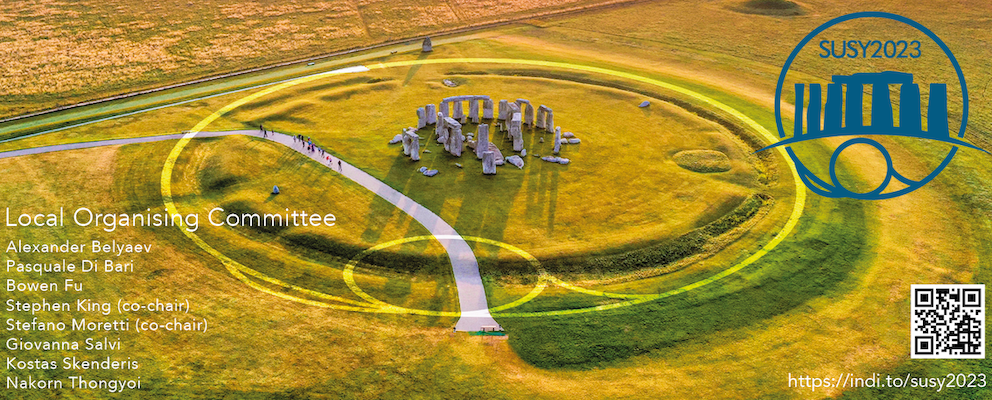Speaker
Description
Abstract: The primary ingredient for studying the phases of a quantum field theory is the effective action. Though obtaining an exact form is beyond the scope of the existing techniques, approximate expressions using perturbative methods which to the leading order involve computation of one-loop determinants are available. In this talk which is based on our papers [1] and [2], I will describe a method for computing one-loop partition functions for scalars and fermions on $AdS_{d+1}$ for zero and finite temperature for arbitrary $d$ that reproduces results known in the literature. The derivation is based on the method of images and uses the generalized eigenfunctions of the Laplacian and Dirac operator on Euclidean $AdS$ which under thermal identification satisfy the desired periodicities. Employing these results, I will then discuss the phases of scalar and fermionic field theories in thermal $AdS_{d+1}$ spaces for $d=1,2,3$. We will first analyze scalar field theories with global $O(N)$ symmetry for finite as well as large $N$. The symmetry-preserving and symmetry-breaking phases will be identified as a function of the mass-squared of the scalar field ($m_s^2$) and temperature ($T=1/ \beta$) in the $\beta$-$m_s^2$ parameter space. It will also be seen that the sign of the regularized volume of thermal $AdS_{d+1}$ plays a crucial role in the qualitative nature of the phase diagrams. We will confirm that for a finite temperature theory in $AdS$ there occurs a symmetry breaking phase in two dimensions in contrast to flat space where the Coleman-Mermin-Wagner theorem prohibits continuous symmetry breaking. We will also see that unlike flat space, there exists a region in $AdS$ space where both the symmetry breaking and symmetry preserving phases coexist.
I will next discuss the zero temperature phases of fermionic field theories (Yukawa theories and Gross-Neveu models) as regions in the corresponding parameter spaces. For the Yukawa theories the phases and corresponding phase boundaries will then be identified as a function of the mass-squared of the scalar field ($m_s^2$) and temperature ($T=1/ \beta$) in the $\beta$-$m_s^2$ parameter space. I, next, will discuss the changes in the phases of the Gross-Neveu models for $d=1,2$ as a function of the fermionic mass ($m_f$) and the coupling constant ($g$) at finite temperature. In the large $N$ limit we will see that, unlike flat space where the discrete chiral symmetry is restored beyond a certain temperature, the discrete chiral symmetry appearing in the $m_f=0$ limit remains broken at all temperatures for $d=1,2$ in $AdS$ space. For the theory to be renormalizable in $d=3$, I will discuss the Gross-Neveu Yukawa model.
References:
[1] A. Kakkar and S. Sarkar, "On partition functions and phases of scalars in AdS," JHEP 07 (2022), 089 doi:10.1007/JHEP07(2022)089 [arXiv:2201.09043 [hep-th]].
[2] A. Kakkar and S. Sarkar, "Phases of theories with fermions in AdS," JHEP 06 (2023), 009 doi:10.1007/JHEP06(2023)009 [arXiv:2303.02711 [hep-th]].

